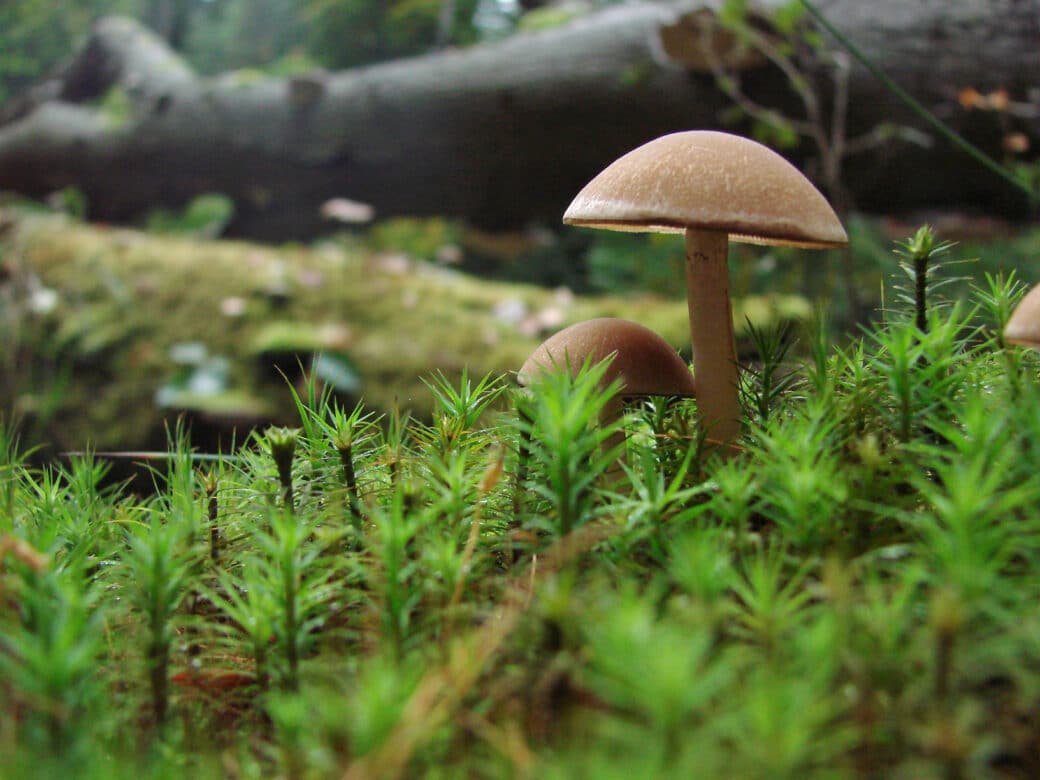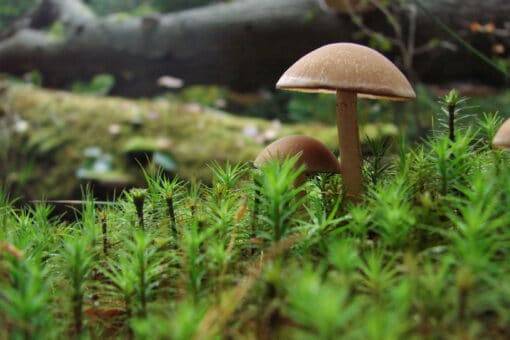Functional diversity of mycorrhiza in relation to land-use changes and ecosystem functions
Ectomycorrhizal fungi (ECM) are a key group facilitating nutrients flow in forest ecosystems. Their tight association with the tree roots represents an important link between above- and belowground biomes.

Ectomycorrhizal fungi (ECM) are a key group facilitating nutrients flow in forest ecosystems. Their tight association with the tree roots represents an important link between above- and belowground biomes. The project ECTOMYC addresses species richness and ecosystem functions of ECM assemblages in response to forest management. We identified soil pH, forest management intensity, tree species and root nutrient contents as important drivers of the structure of root-associated fungal communities. Using stable isotopes (15NO3-, 15NH4+), we found that different ectomycorrhizal fungal species differed strongly in nitrogen enrichment, suggesting large differences in substrate use. Furthermore, we showed a strong impact of nitrogen concertation on the assemblages of root associated ECM, as well as saprotrophic and pathotrophic fungal communities within the exploratories. These results suggest that fungal traits for nutrient use contribute to ecosystem dynamics.
Experimental approaches to obtain information on substrate preferences of ectomycorrhizal fungi under field conditions are scarce. Based on the results of the previous phases, the specific aims of this project are:
- To dissect temporal and spatial turnover of root-associated fungal assemblages according to ecological groups (symbiotroph, saprotroph, pathotroph) and their main drivers (land use, climate, abiotic soil conditions, and root nutrients)
- To examine fungal traits for nutrient use by bait experiments
- To establish causal relationships between forest management measures (tree cutting and gap formation) between the function and composition of root-associated fungi and root nutrient physiology
To achieve these goals, we will sample roots in 150 forest plots of the Biodiversity Exploratories and use the results from 2014, 2017 and 2020 to analyse spatiotemporal variation of fungi on roots. In bait experiments, mesh containers accessible for fungal hyphae, will be supplemented with substrates and the colonising fungal community will be studied. Tree cutting affects carbon allocation to the soil. We will use the new forest experiment (tree cutting) to examine the impact of changes in root carbon physiology on the structure of associated ectomycorrhizal, saprotrophic and other fungal groups and the feedback for tree mineral nutrition. These results will contribute towards to increasing our understanding of ecosystem functioning.










